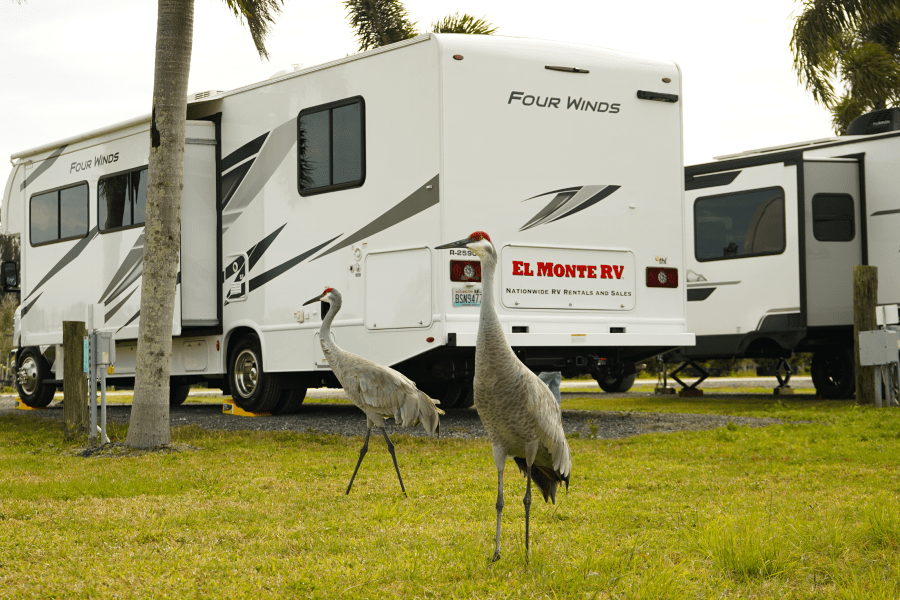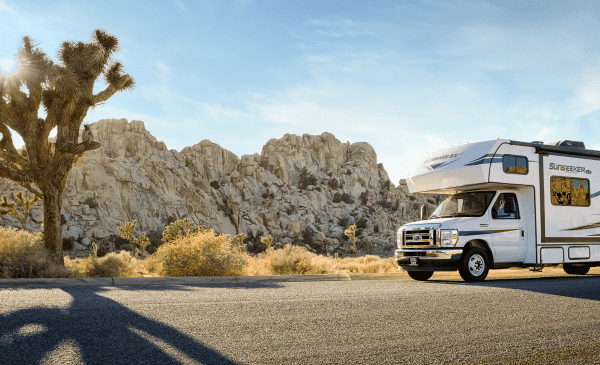Our Sustainability Journey
We are committed to moving forward on our sustainability journey, we call this our future-fit path. Our branches in the USA have Future-Fit Sustainability Action Plans focused on energy efficiency, water saving, tackling waste, lowering emissions and community contribution.
We are making progress by; Measuring, reporting, and reducing our carbon emissions. Tackling waste, focusing on reduce, reuse and recycle Implementing energy and water-saving initiatives Future-Fit Sustainability Action Plans for all our USA branches!


.png&w=3840&q=75)
.png&w=3840&q=75)
